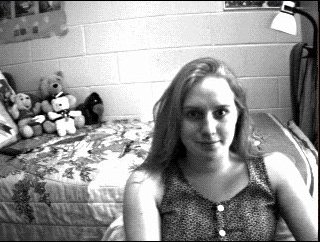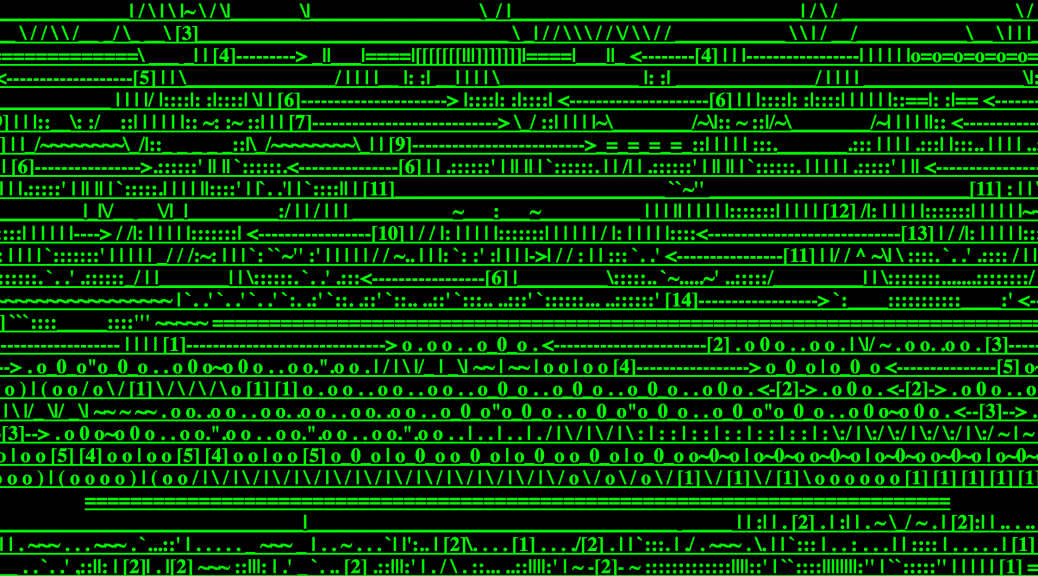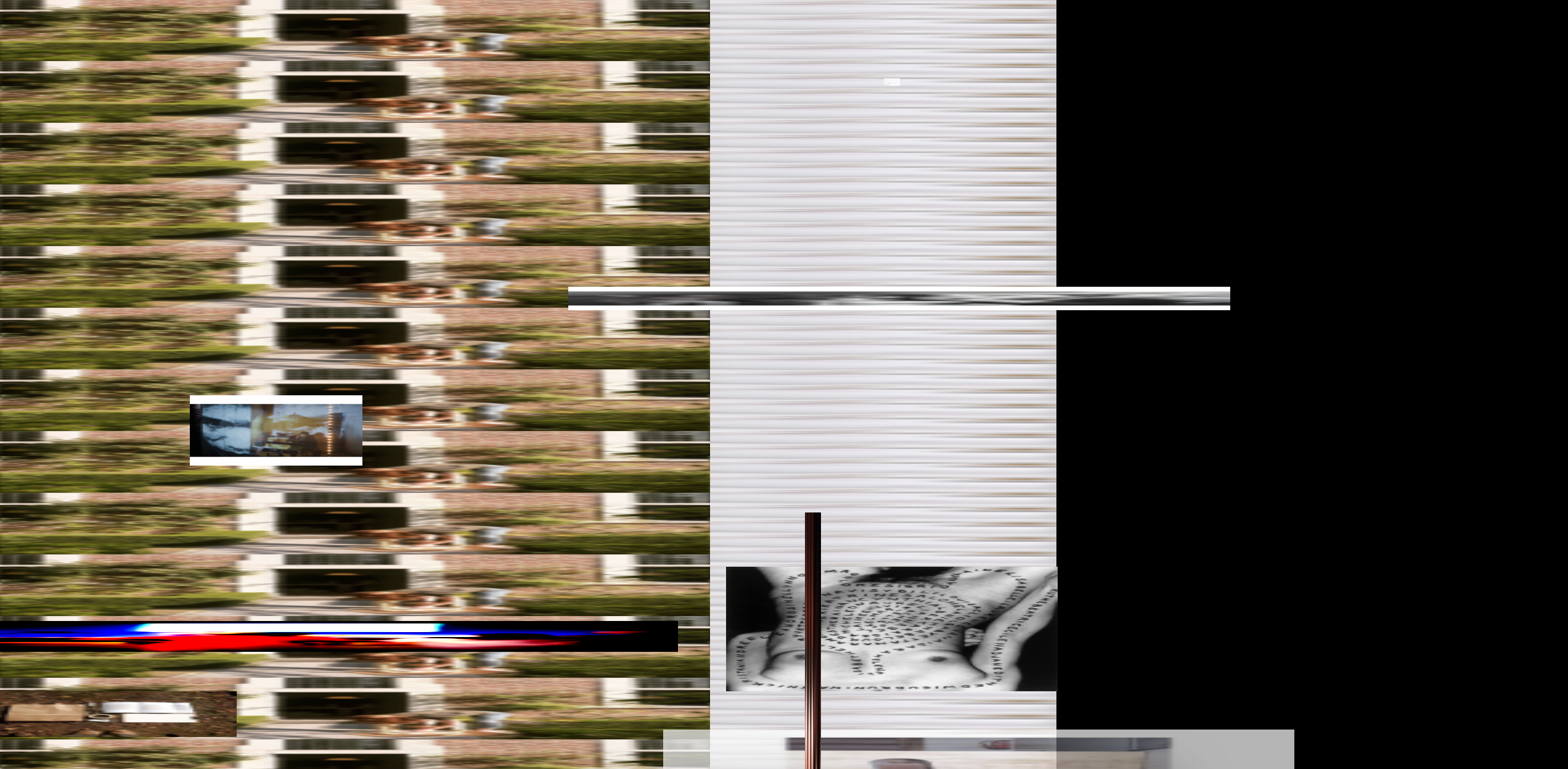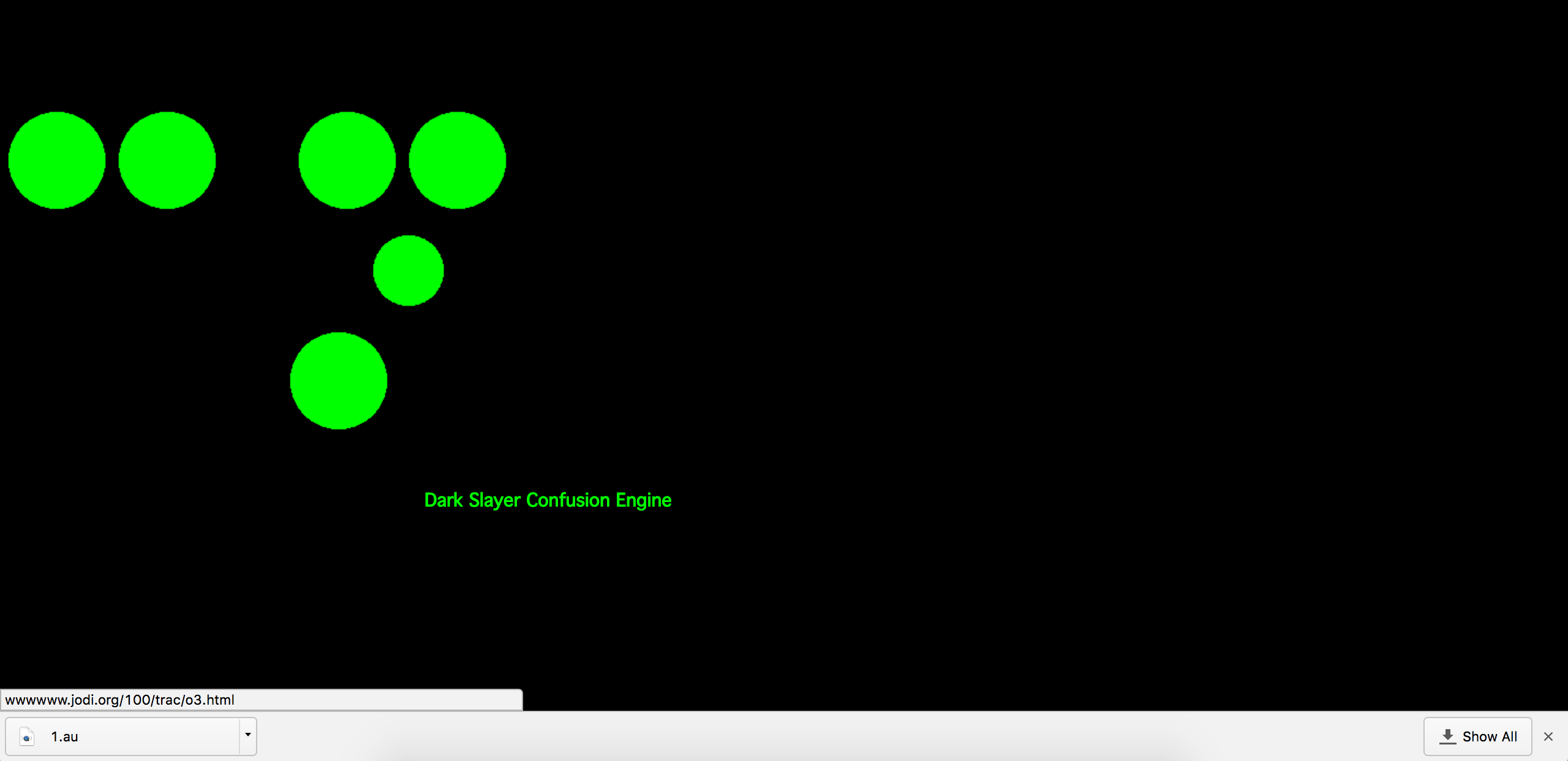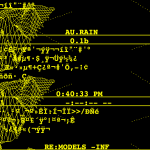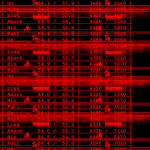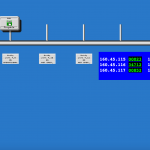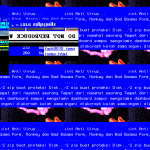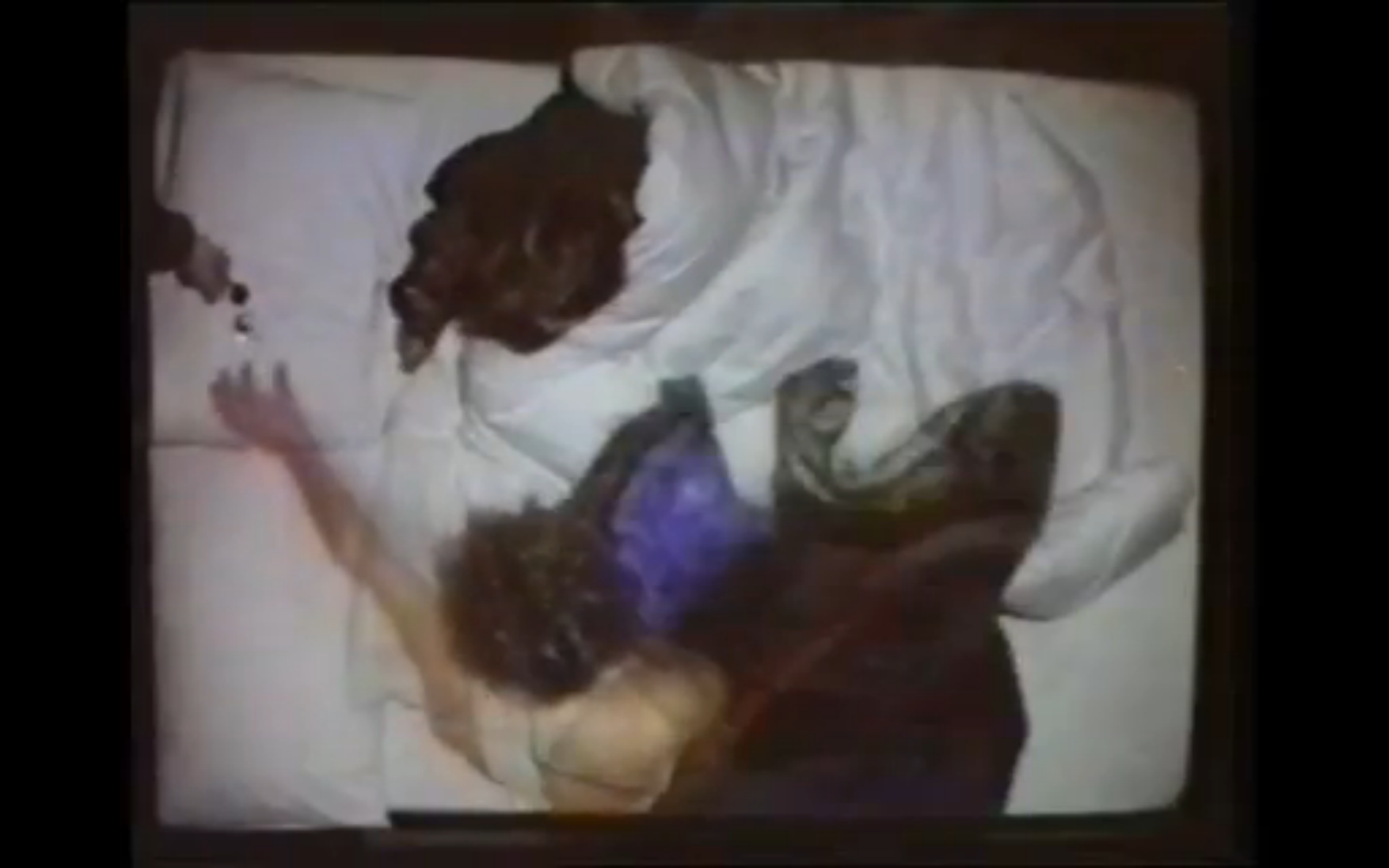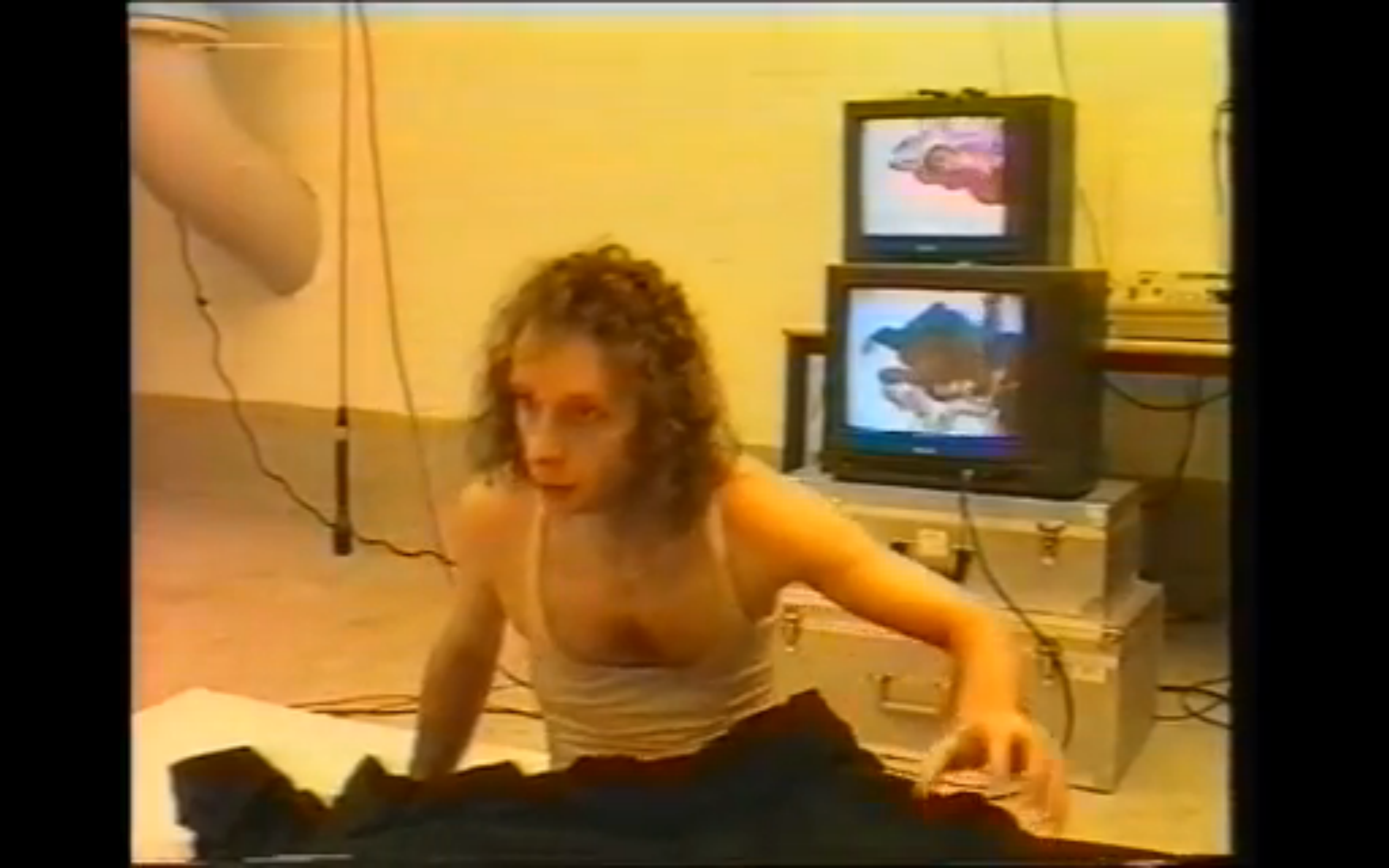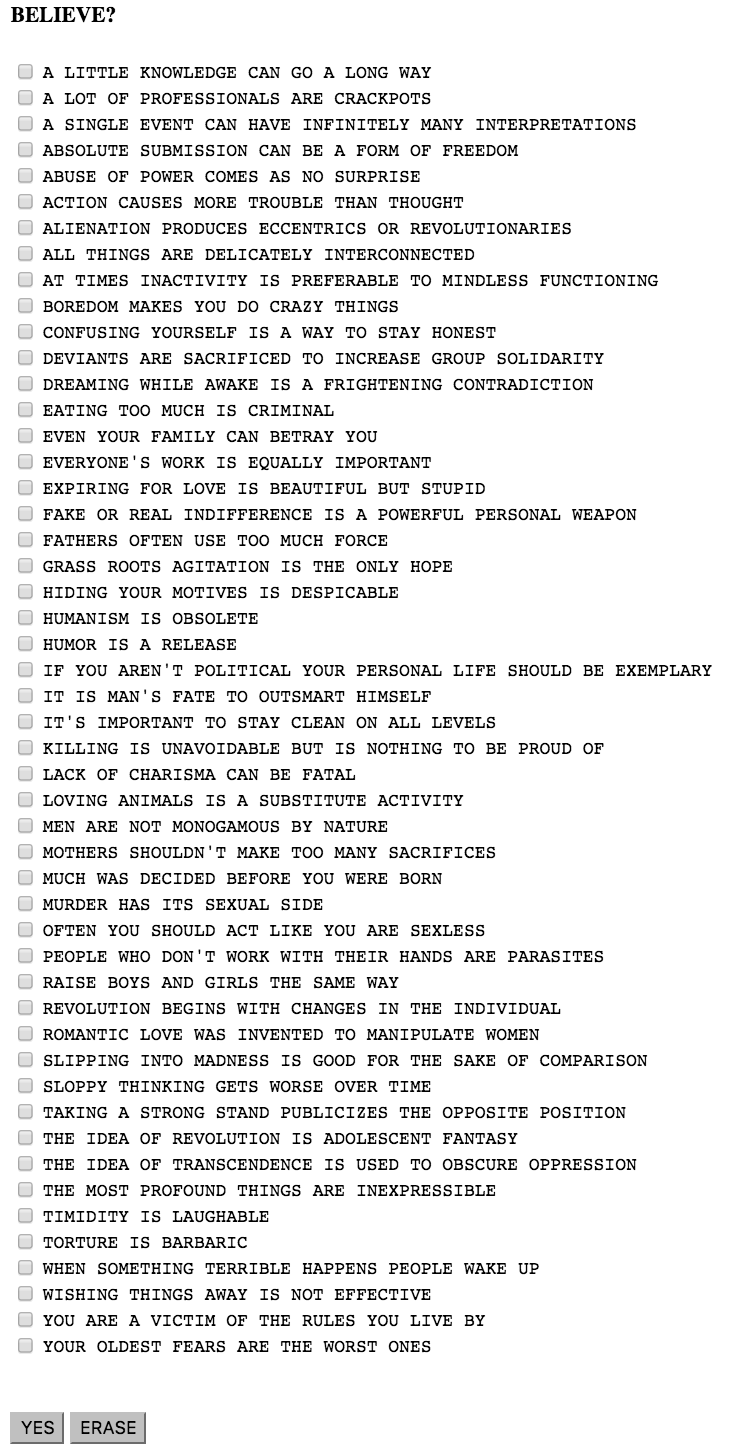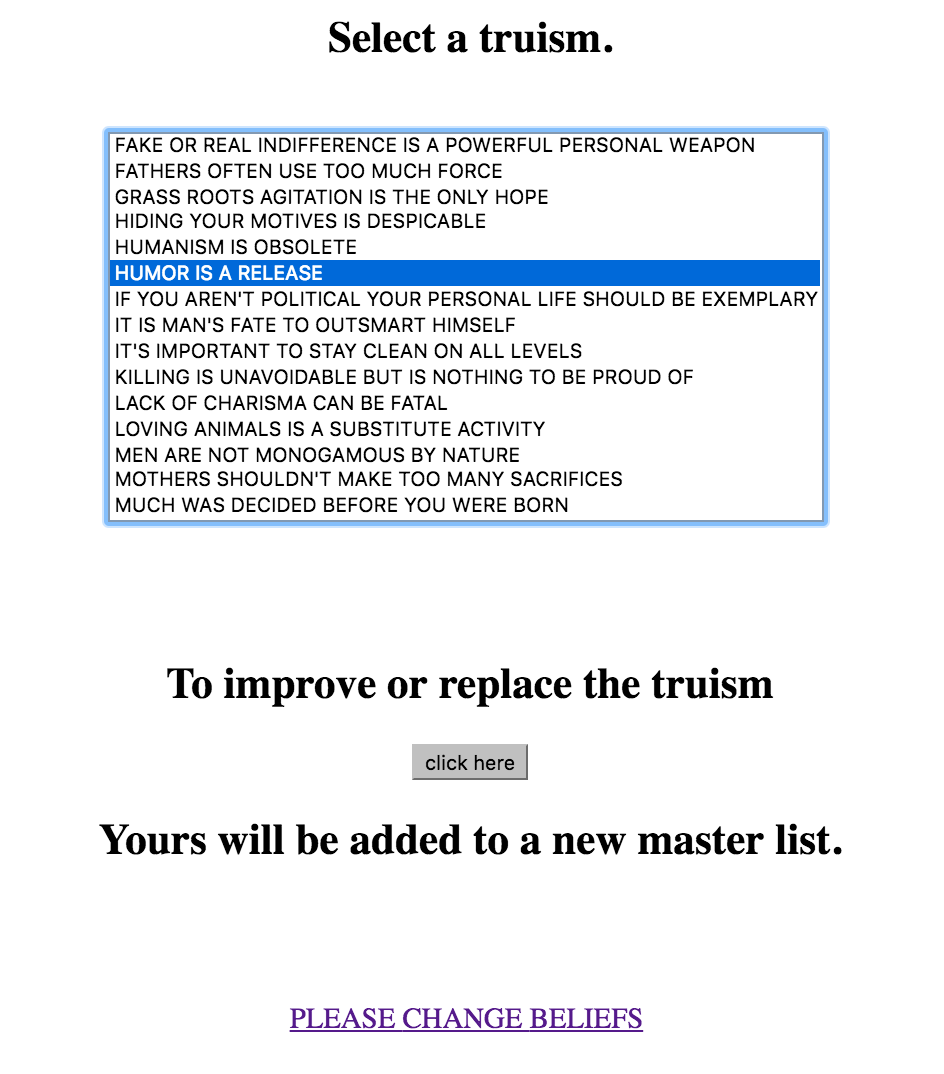responds to the controversy by assigning blame and shifting focus to Hillary Clinton’s campaign.
This Russian connection non-sense is merely an attempt to cover-up the many mistakes made in Hillary Clinton’s losing campaign.
— Donald J. Trump (@realDonaldTrump) February 15, 2017
The fake news media is going crazy with their conspiracy theories and blind hatred. @MSNBC & @CNN are unwatchable. @foxandfriends is great!
— Donald J. Trump (@realDonaldTrump) February 15, 2017
Trump shows blatant affirmation of media outlets that agree with him. In contrast, he labels critics as “fake news”, thereby casting doubt on their credibility. Furthermore, Trump brushes off reported facts as “conspiracy theories” fuelled by prejudice and “blind hatred”. He repositions these media outlets (i.e. the Washington Post, New York Times, CNN) as unjustly plotting against him, reframing factual criticism as victimisation.
The FAKE NEWS media (failing @nytimes, @NBCNews, @ABC, @CBS, @CNN) is not my enemy, it is the enemy of the American People!
— Donald J. Trump (@realDonaldTrump) February 17, 2017
Two days after, Trump goes further by proclaiming that the “FAKE NEWS media” (sic) is the “enemy of the American people”. This not only discredits the opposition, but indirectly suggests that Trump is, conversely, the ‘ally’ of the people.
Breitbart, Online Media & the Spread of Alternative Facts
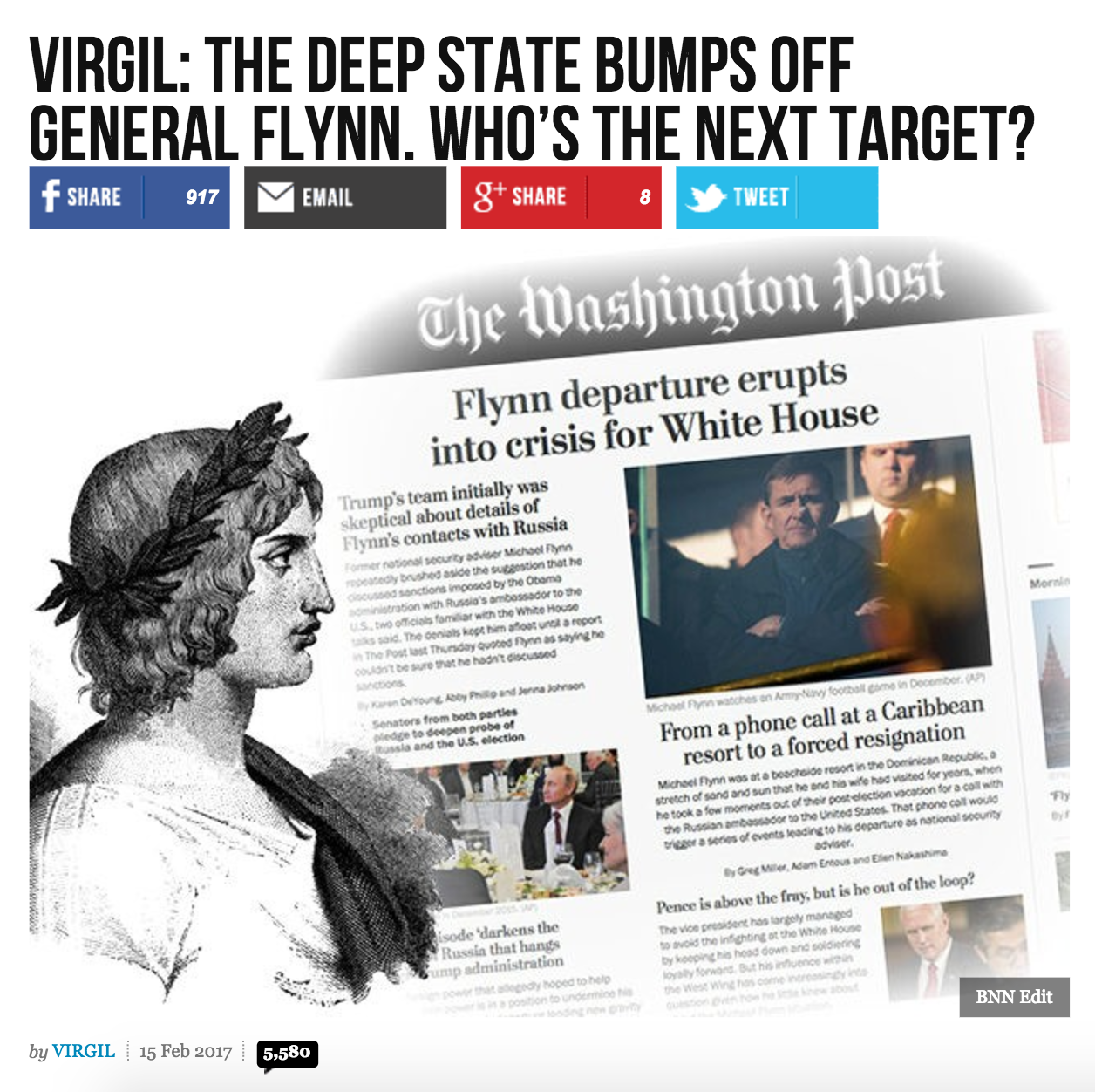
Similarly, the Breitbart article uses caustic writing, coupled with a potent but rather partisan word choice. Breitbart’s wide following makes it all the more dangerous as it propagates ‘alternative facts’ and worrying conspiracy theories such as the powerful hidden hand of the Deep State. This irresponsibly sows seeds of anxiety and
distrust among people. The article also presents interpretations and biased projections as infallible truth. It references sources at its own convenience, only bringing in that which supports their views.
The spread of such fake news has been accelerated by online and social media, which has become a go-to access point for many (be it for food recommendations, news or entertainment). An unfortunately apt illustration of the proverbial ‘empty vessels make the most noise’, it spreads news information through content virality — attention-grabbing thumbnails and headlines generate more interests and views. This coupled with our friends’ approvals through a ‘share’ or ‘like’ affirms its credibility.
What is worrying about platforms like Breitbart is how believable it sounds. To navigate current murky information waters, users need more than passive reading and instead require an investigative spirit to search for verification and source reliability.

I believe humour can be a great entry point to these divisive issues. Satire and parodies like the SNL sketch comment on recent events with fresh perspective. Ironically, their use of exaggeration creates clarity — it probes dialogue by revealing and magnifying behaviour and subtleties that may have gone unnoticed. It also looks for the humour in an otherwise tense political climate.
A Singaporean Aspiration

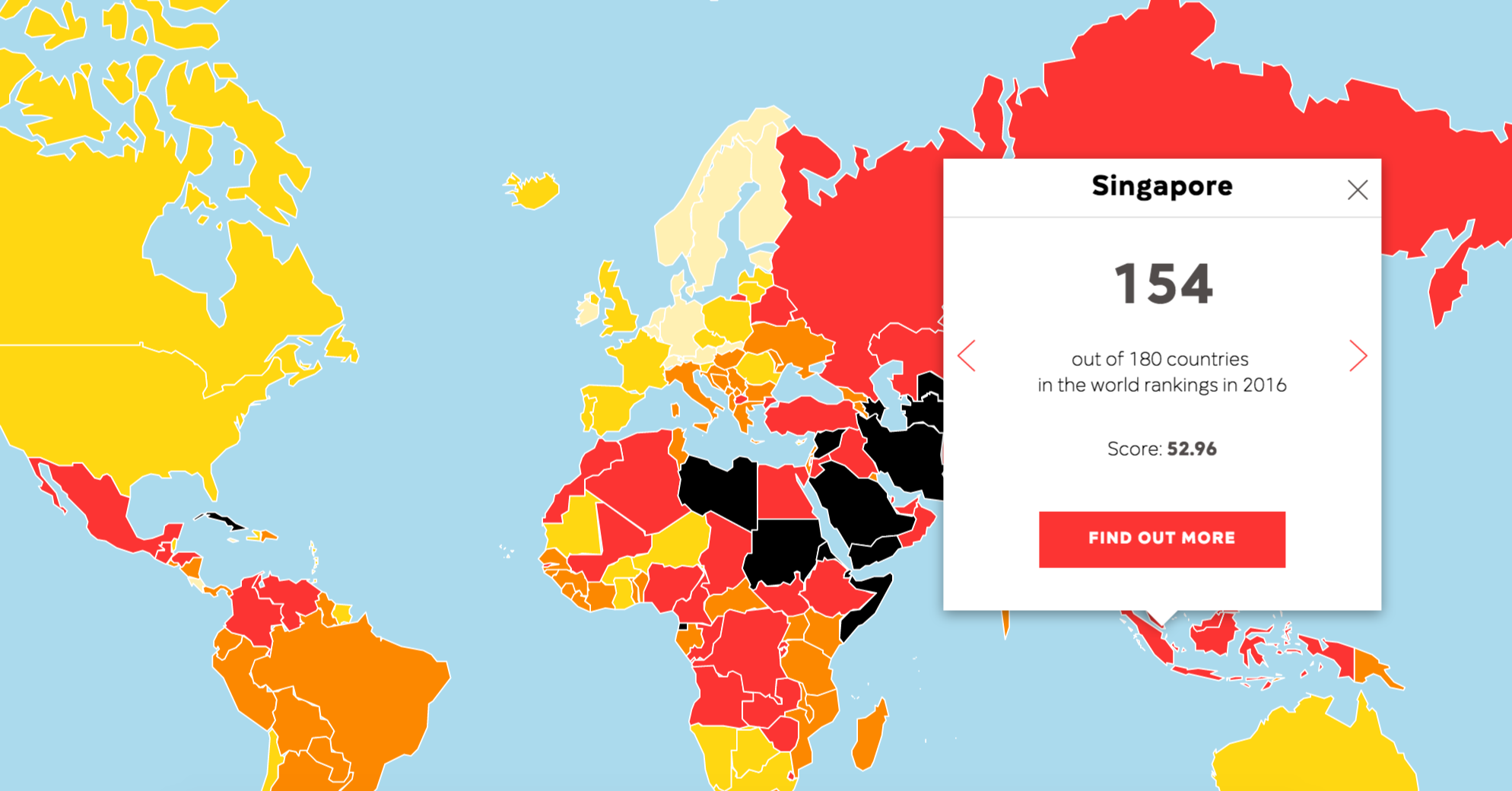
In a short 50 years, Singapore has become a unique and
unprecedented phenomenon of economic success. However, this came at a cost; for one, there’s a clear monopoly in our news media. Many of us look up to the United States as the pinnacle of free speech, and an aspiration for young nations. However, with the
recent (mis)use of online media and President Trump’s views on press platforms, this Singaporean can’t help but wonder if the
longstanding edifice of the free press is crumbling, or perhaps was it only ever an idealistic facade?
References
Ashley Parker, Trump says Flynn was treated unfairly, a day after Spicer said he was fired because of a lack of trust, Washington Post, February 15, 2017.
Nolan McCaskill, Trump tweets: Press ‘is the enemy of the American people’, Politico, February 17, 2017.
Virgil, The Deep State Bumps Off General Flynn. Who’s the Next Target?, Breitbart News Network, February 15, 2017.
Video news report on Saturday Night Live’s satire on the TRUMP administration: Sean Spicer responds to Melissa McCarthy’s SNL performance, February 7, 2017.




